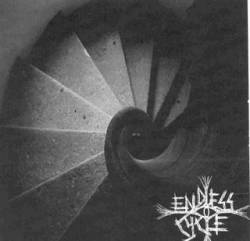Mark Thoma, citing Paul Krugman‘s discussion of the bailout plan ping pong pattern.
Paul Krugman: The Big Dither
Courtesy of Mark Thoma at Economist’s View
If you try to bring dead assets back to life, you may end up creating zombie banks:
The Big Dither, by Paul Krugman, Commentary, NY Times: Last month … President Obama argued for bold steps to fix America’s dysfunctional banks. “While the cost of action will be great,” he declared, “I can assure you that the cost of inaction will be far greater, for it could result in an economy that sputters along for not months or years, but perhaps a decade.”
Many analysts agree. But … there’s a growing sense of frustration, even panic, over Mr. Obama’s failure to match his words with deeds. The reality is that when it comes to dealing with the banks, the Obama administration is dithering. Policy is stuck in a holding pattern.
Here’s how the pattern works: first, administration officials, usually speaking off the record, float a plan for rescuing the banks in the press. This trial balloon is quickly shot down by informed commentators.
Then, a few weeks later, the administration floats a new plan. This plan is, however, just a thinly disguised version of the previous plan, a fact quickly realized by all concerned. And the cycle starts again.
Why do officials keep offering plans that nobody else finds credible? Because somehow, top officials in the Obama administration and at the Federal Reserve have convinced themselves that troubled assets … are really worth much more than anyone is actually willing to pay for them — and that if these assets were properly priced, all our troubles would go away. …
What’s more, officials seem to believe that getting toxic waste properly priced would cure the ills of all our major financial institutions. Earlier this week, Ben Bernanke, the Federal Reserve chairman, was asked about the problem of “zombies” — financial institutions that are effectively bankrupt but are being kept alive by government aid. “I don’t know of any large zombie institutions in the U.S. financial system,” he declared, and went on to specifically deny that A.I.G. — A.I.G.! — is a zombie.
This is the same A.I.G. that, unable to honor its promises to pay off other financial institutions when bonds default, has already received $150 billion in aid and just got a commitment for $30 billion more. …
So why has this zombie idea — it keeps being killed, but it keeps coming back — taken such a powerful grip? The answer, I fear, is that officials still aren’t willing to face the facts. They don’t want to face up to the dire state of major financial institutions because it’s very hard to rescue an essentially insolvent bank without, at least temporarily, taking it over. And temporary nationalization is still, apparently, considered unthinkable.
But this refusal to face the facts means, in practice, an absence of action. And I share the president’s fears: inaction could result in an economy that sputters along, not for months or years, but for a decade or more.



